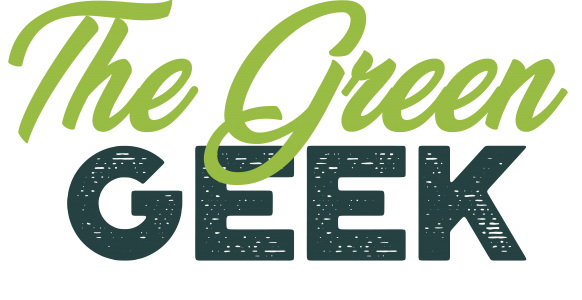Digital Media
are characterized by the changeability. I mean, every type of digital media can
be copied, modified, changed, edited, changed in part, implemented, summarized,
divided, while maintaining the original form and structure the same. I can take
a picture and modified in hundreds of different ways, with hundreds of regulations
and filters, and I would still be able to create other unique work while
maintaining the original picture untouched.
This characteristic enabled us to change the world we live in: for example,
anyone can go on Wikipedia and change the content of what is written. Or, if we
do not like how we went in a picture, we could just open Photoshop and modified
within 5 minutes.
Digital Media contents are modular. This means that they are fragmented into different little pieces. For example, a movie is made out of thousands of different frames and millions of different pixels. The modularity is what enables us to modify a level of a digital media content without changing the others. I just finished post-producing a cosplay picture for my boyfriend and I did it using many different layers on Photoshop. In the middle of the process I noticed that the eyes were too dark, so, with a simple adjustment layer, I was able to just brighten the eyes without modifying anything else. Also, I created different warmth filters and changed them different times choosing the one I liked the most.



Digital Media contents are variable. That means that they can be altered in many calculated ways which gives the user the feelings of being unique. For example, as Manovich says, when we enter a web page, the system is taking all different pieces that compose the web page and put them together. The process of putting together those pieces changes from person to person. Ads, for example, changes from person to person, from moment to moment, from topic to another topic, etc. Any time we enter a web page, it will be slightly different from the other times: it will be unique.
This happens also with videogames: we create our own character, we chose their face, we chose their body type, we chose their attitude, we chose their physical colors, we chose their armor and their weapons, etc. Then we play with the character and we decide to go somewhere instead of somewhere else, or we chose to complete a mission over another, and slowly we create our unique version of the story. This is only an illusion. I mean, it is real that we chose all those things and we created that specific version of the character or the story, but the videogame was previously programmed to fulfill all of your choices. You modified all the physical characteristics by using all the parameters the game gave to you, you chose to complete the missions that were active within the game, you decide to take a road programmed within the game instead of another road programmed within the game. The gamer just combined pieces that were specifically put there to be combined. In the digital world, either you are a programmer who creates originally something yours, or you are just a remixer putting together others work.
Digital Media are transcoded. When we talk about digital content, we take into consideration a computer layer and a cultural layer. The interaction between the two is called “transcoding.” For example, from a computer layer perspective, emojis are little icons that were made for the computer to symbolize a certain emotion. From a cultural layer perspective, emojis change their symbolic meaning according to the context, the moment, the nationality of the communicators, and the type of message.

This is a happy emoji that from a computer layer perspective was created to symbolize a happy face.
From a cultural layer perspective, this emoji can change meanings in different contexts:
–Hi mum, I love you!!😁
in a normal mother-son conversation, it could represent a simple happy face
–Babe r u mad?
–nope 😁
Implying that probably the couple had a moment of miscomprehension, in this case the emojis seems to be very ironic. Probably the partner is trying to express anger, criticism, and willing to start a discussion.
–Daaad, so tomorrow can I borrow the car?😁
Let’s imply that they had a previous conversation where the son asked for the car, and the father answered that maybe he could have taken it.
Probably the son, by using this emoji is trying to influence the emotionality of his dad. The emojis represents a happy guy and destroying other’s happiness is something that goes against the human emotional need of collaboration. By showing his dad his happiness for the possible future in which he would borrow the car, by saying “no,” the dad would be destroying this happiness, making him feel bad for this.
